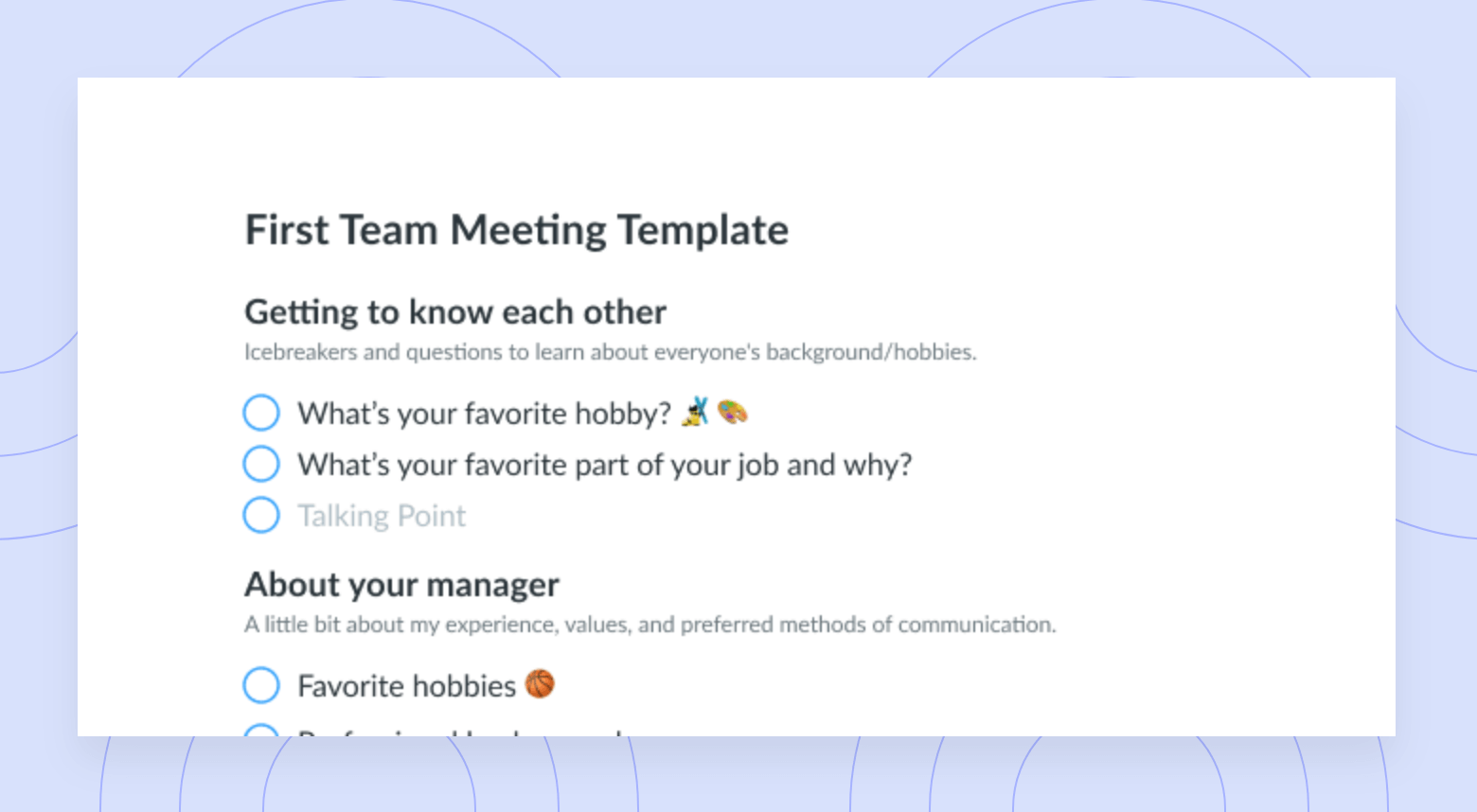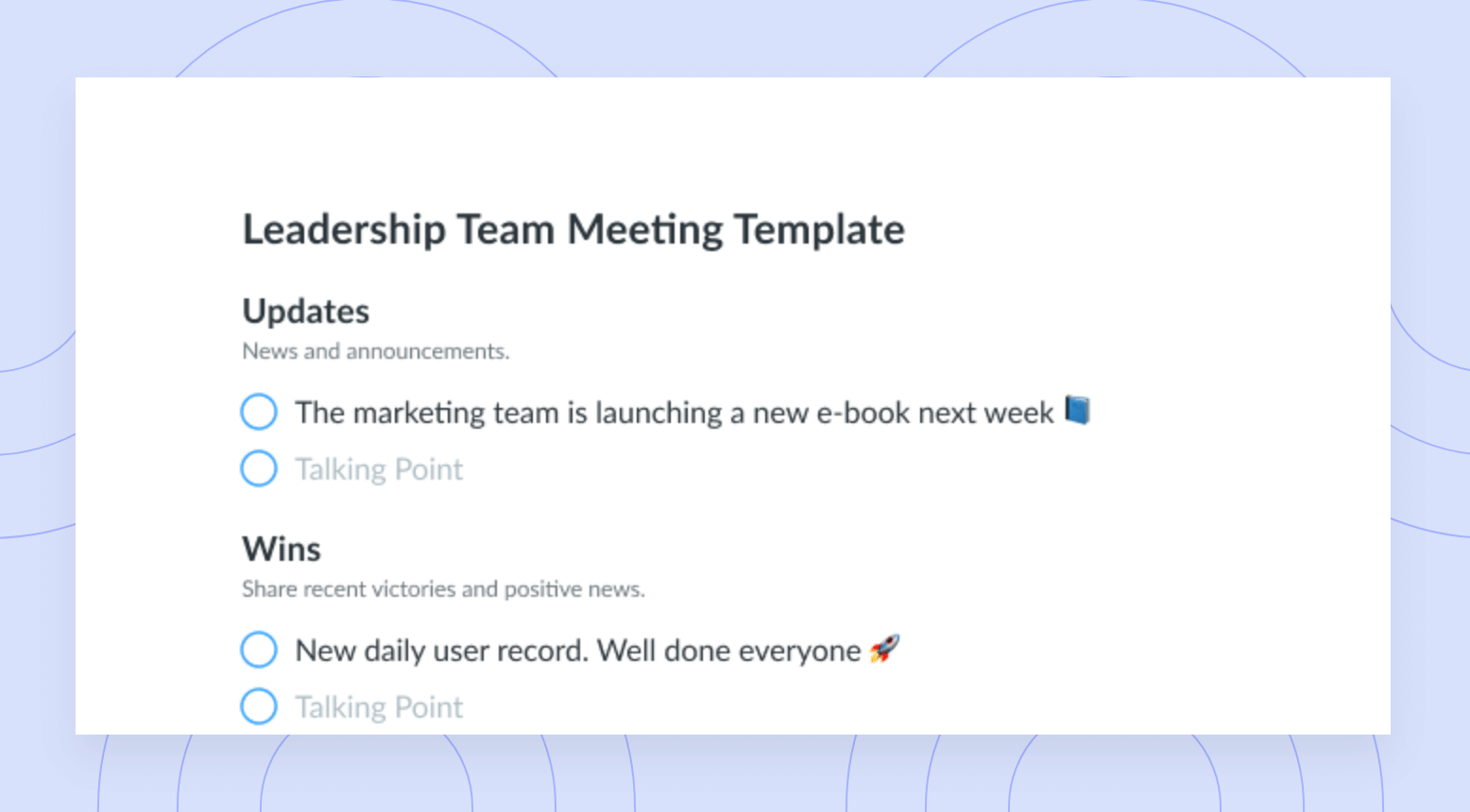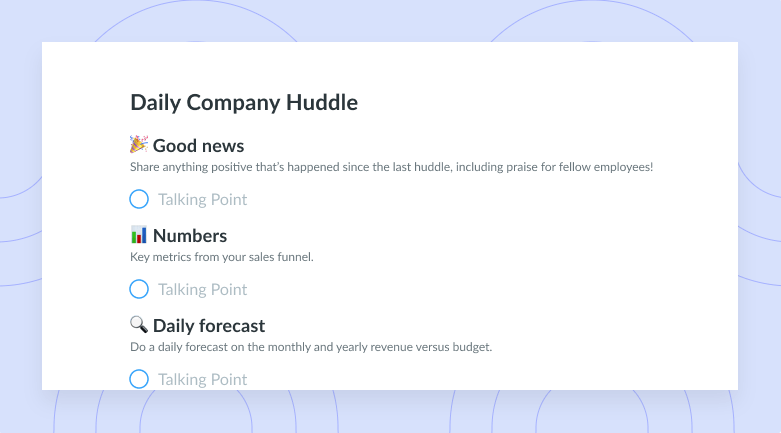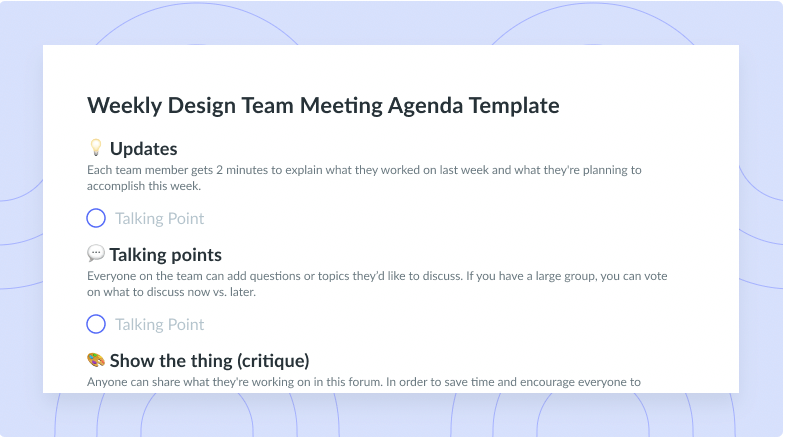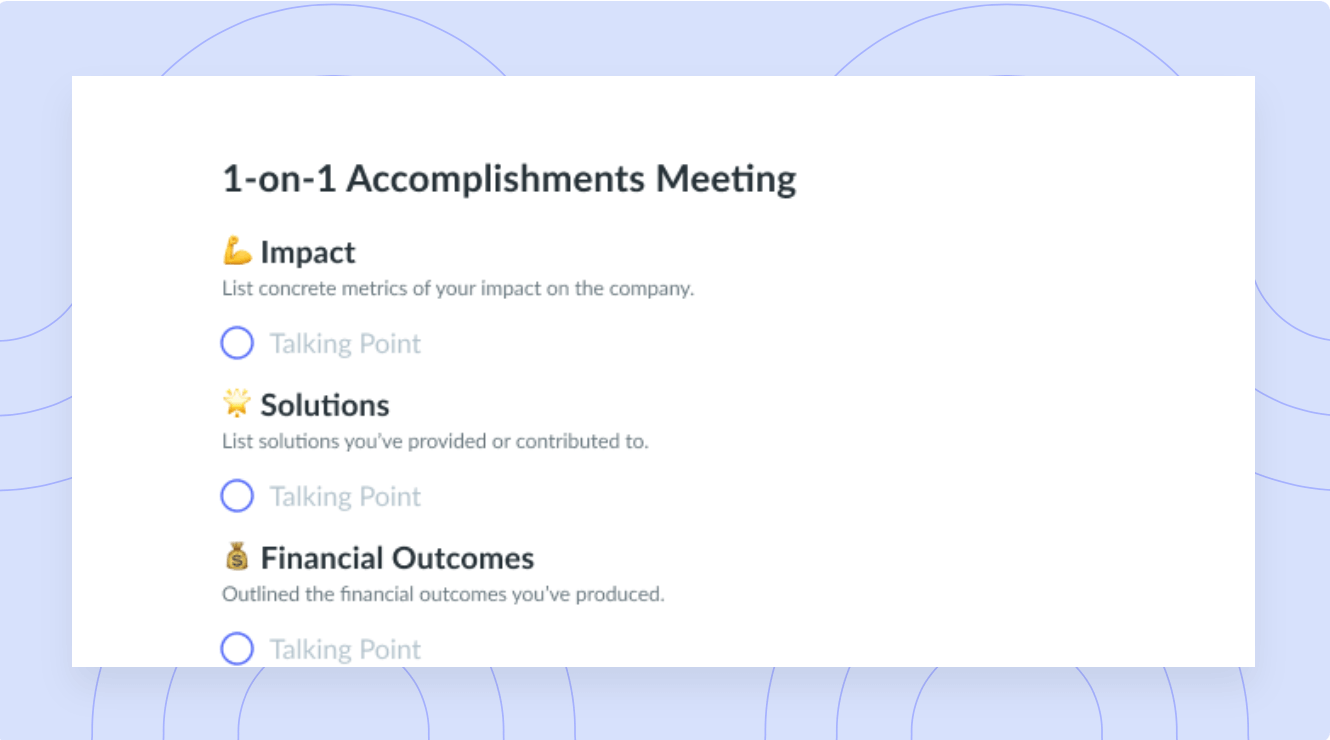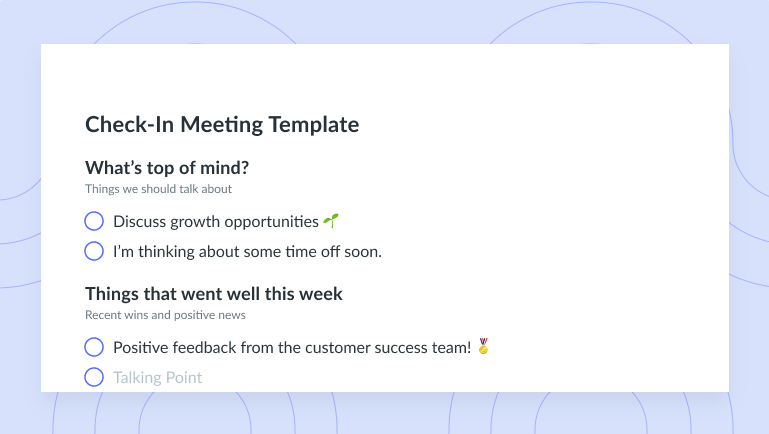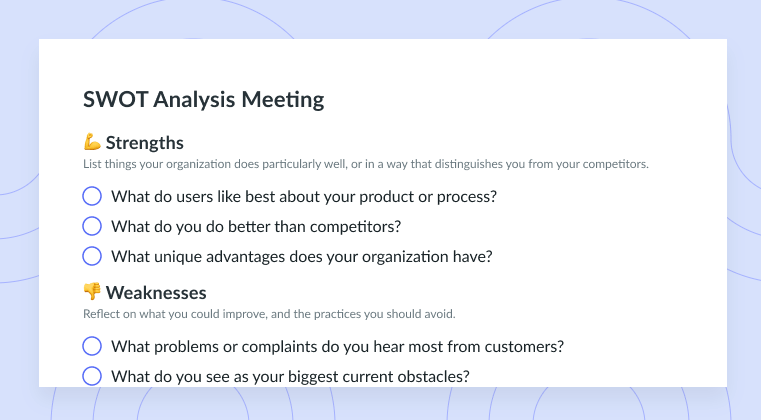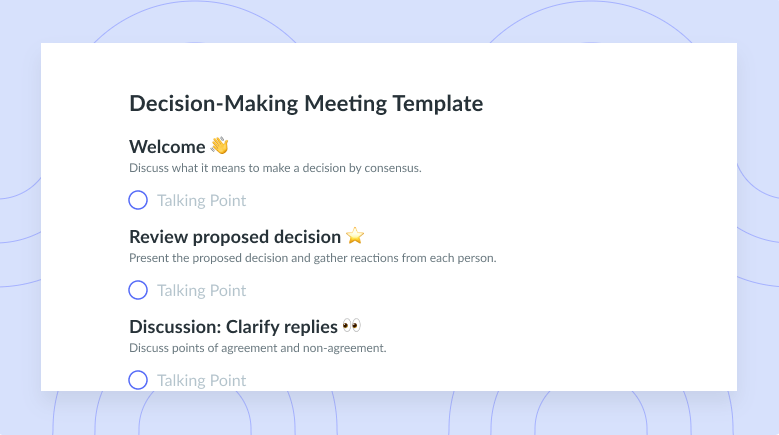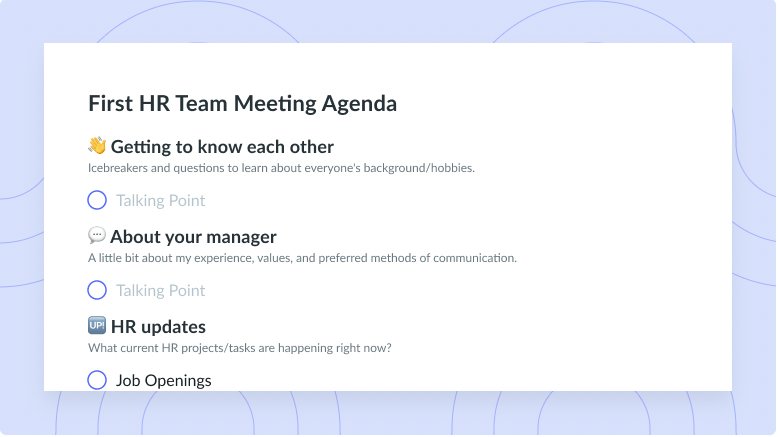Building Team Cohesion: Why It’s Crucial
Learn why team cohesion is key to your organization's success and strategies to develop team cohesion here!
Getting some of your best people onto a project doesn’t guarantee success. When a bunch of different temperaments and thought processes come together, they can sometimes cause friction instead of meshing together. If your group loses the thread due to unproductive arguments, it’s time to focus on building group cohesion. Below, learn everything you need to know about building team cohesion the right way.
- What is team cohesion?
- Strategies to develop team cohesion
- Benefits of team building
- What influences team cohesion?
- How do you build a cohesive team that works well?
- How team members can contribute to workplace cohesiveness
What is team cohesion?
Team cohesion is when a group of individuals can band together and work towards common goals. It’s equal parts getting along well and working well together.

Build team cohesion
Level up your meeting habits to build team cohesion by aligning goals, improving communication, and collaborating more effectively with your team. Try Fellow today!

Strategies to develop team cohesion
Below are several helpful tips for building camaraderie among your existing team.
- Make sure new hires can work well with current team members
- Show everyone you value their contributions
- Give some control to your team members
- Resolve conflicts quickly
1Make sure new hires can work well with current team members
Try to avoid hiring anyone who doesn’t already come through with some cooperative traits. A great team member who can’t work in a group can slow down your organization. Even the best candidate you’ve ever seen really isn’t that great if they don’t mesh with your current team.
2Show everyone you value their contributions
Great teams become great when everyone’s ideas get due consideration. With a free flow of great ideas, you can support team collaboration and improve employee engagement.
3Give some control to your team members
Teams are often more cohesive when you give them some responsibility. When your team can take direct ownership of their success, they’ll have more drive to keep working together – and doing great things.
4Resolve conflicts quickly
Let’s face it – even on the best teams, conflict is bound to erupt sometimes. Of course, arguments aren’t bad in and of themselves – they can bring great new ideas and perspectives to the table. But you’ll need to break out your conflict management skills if things go off-topic or get truly heated.
Benefits of team building
Building team cohesion has all kinds of benefits that can drive your organization’s long-term success. Below are just a handful.
- Builds trust between employees
- Increases employee engagement
- Connects people outside work
- Decreases conflict
- Increases collaboration
- Increases creativity
- Supports closer relationships
1Builds trust between employees
When you build trust within your team, you elevate a mere group of individuals into a well-oiled machine. Your goal should be for every team member to know and trust that they can depend on their colleagues to get their work done well. From there, they can dedicate more focus to their own responsibilities.
2Increases employee engagement
Team-building games can break up your normal routine and promote a strong sense of camaraderie. This can increase workplace happiness and, in turn, employee engagement. After all, being happier in the workplace often leads to team members working harder to achieve your organization’s goals.
3Connects people outside work
Team building activities can give your team members a chance to connect outside the stress of work. And that’s important – even a job you love can get stressful. Combine less stress with closer bonds, and your team could start communicating better and being more efficient at work.
4Decreases conflict
Great teams are familiar (as in, coherent) enough with each other that, even if conflict does occur, they can de-escalate on their own. They’ll solve their problems before employee productivity can take a dip.
5Increases collaboration
Team members will understand each other better after building team cohesion. That means they can better play to each other’s strengths and make up for any weaknesses.
6Increases creativity
Brainstorming meetings can be a big part of the creative process, and building team cohesion can improve collaboration. Put one and one together, and the result can be everyone doing bigger, better things when they get together to come up with ideas.
7Supports closer relationships
Team members can see their colleagues in a different light during team-building events than they might during a project. Seeing those hidden traits might create more opportunities for the team to connect, and the strengthened bond can lead to higher-quality work.
What influences team cohesion?
Getting people to work together often comes down to how much their traits clash or mesh with each other, as well as the below.
1Similar opinions
Many people prefer the company of someone who shares most, if not all, of their beliefs. They might gravitate toward these folks in group settings too.
2Group size
Small groups are often more unified than larger ones because there are fewer opinions – as in, fewer differences. A small group can often do better, faster work because it’s easier to adjust to everyone’s opinions and needs.
3Time
Teams are often the best way to form bonds with co-workers because they require time spent together. Typically, the more time spent together, the more cohesive the team.
4Previous achievements
Every finished project is a success the team shares–after all, everyone contributed. These collaborative achievements can build team cohesion every time they happen.
5Obstacles
Even people with bitter relationships can sometimes set their differences aside when facing a significant threat to their shared work. It’s kind of a twisted way of building team cohesion, but it counts.
How do you build a cohesive team that works well?
Building a successful team starts with the below.
- Diversity
- Team-building exercises
- Finding everyone’s personal strengths
- Communicating well
- Healthy feedback loops
- Celebrating when goals are achieved
1Diversity
A diverse range of team members means a diverse range of thought processes. That means more ideas on the table and brainstorming that leads to better ideas.
2Team-building exercises
Team-building exercises can get your team members more used to working together. From there, they can work more effectively on actual projects.
3Finding everyone’s personal strengths
Every team member has their own strengths that make them valuable, but some might not be obvious at first glance. Finding those strengths and delegating effectively based on them can help each team member work to their fullest potential.
4Communicating well
Your team members should know how to talk to each other without feeling intimidated or uncomfortable. Silence can let interpersonal problems go unresolved until they get worse or leave high-quality ideas off the table.
5Healthy feedback loops
Constructive feedback is important for helping team members improve their work, and constructive is the key word there. A healthy feedback loop builds people up instead of tearing them down.
Fellow enables your team to share real-time feedback on meetings, projects, and performance.

6Celebrating when goals are achieved
When your team succeeds at something, it’s typically because everyone worked together to get there. Celebrating goals can encourage your team to achieve them again the next time.
How team members can contribute to workplace cohesiveness
Team members can also throw their hats into the ring when it comes to building team cohesion. Below are some ways you can do this as a team member.
- Ask questions if you don’t understand something
- Aim to get your work done on time
- Get to know your team members
- Be enthusiastic at work
- Speak up if you have a problem
- Give feedback
1Ask questions if you don’t understand something
The answers to any questions you have can help you keep up with your team’s conversation. You might also avoid mistakes based on what other team members have already said but that you missed.
2Aim to get your work done on time
Everyone has deadlines, often around the same time – this way,the team can move on to the next stage together. Keeping up with due dates can prevent unnecessary slowdowns.
3Get to know your team members
While you don’t necessarily have to be full-on friends, try connecting with your fellow team members in small ways. These little moments of camaraderie can build trust, which can mean better work.
4Be enthusiastic at work
You won’t have any luck doing your work if you’re not motivated to do it. Try being enthusiastic instead – this can keep you moving forward, and often, other team members can pick up on it.
5Speak up if you have a problem
Interpersonal problems can’t be solved if they stay in the dark, so don’t be afraid to talk about them. If they go on long enough without a solution, they could make it impossible to work in the same space as your team.
6Give feedback
Feedback can come from more than managers and leaders. Your constructive criticism can help your teammates iron out wrinkles in their work that they might not have noticed. And when you help others get better, you typically get better too.
Success is best when shared
Even a team with the best and brightest can be unproductive if there’s no connection driving them to do their best. With Fellow, you can drive team cohesion to new heights with professional meeting tools for making your team gatherings as productive as possible. For example, Fellow’s real-time feedback feature lets team members request constructive criticism on their work – and receive it consistently to help them improve. With Fellow, a team can truly become a cohesive unit.









